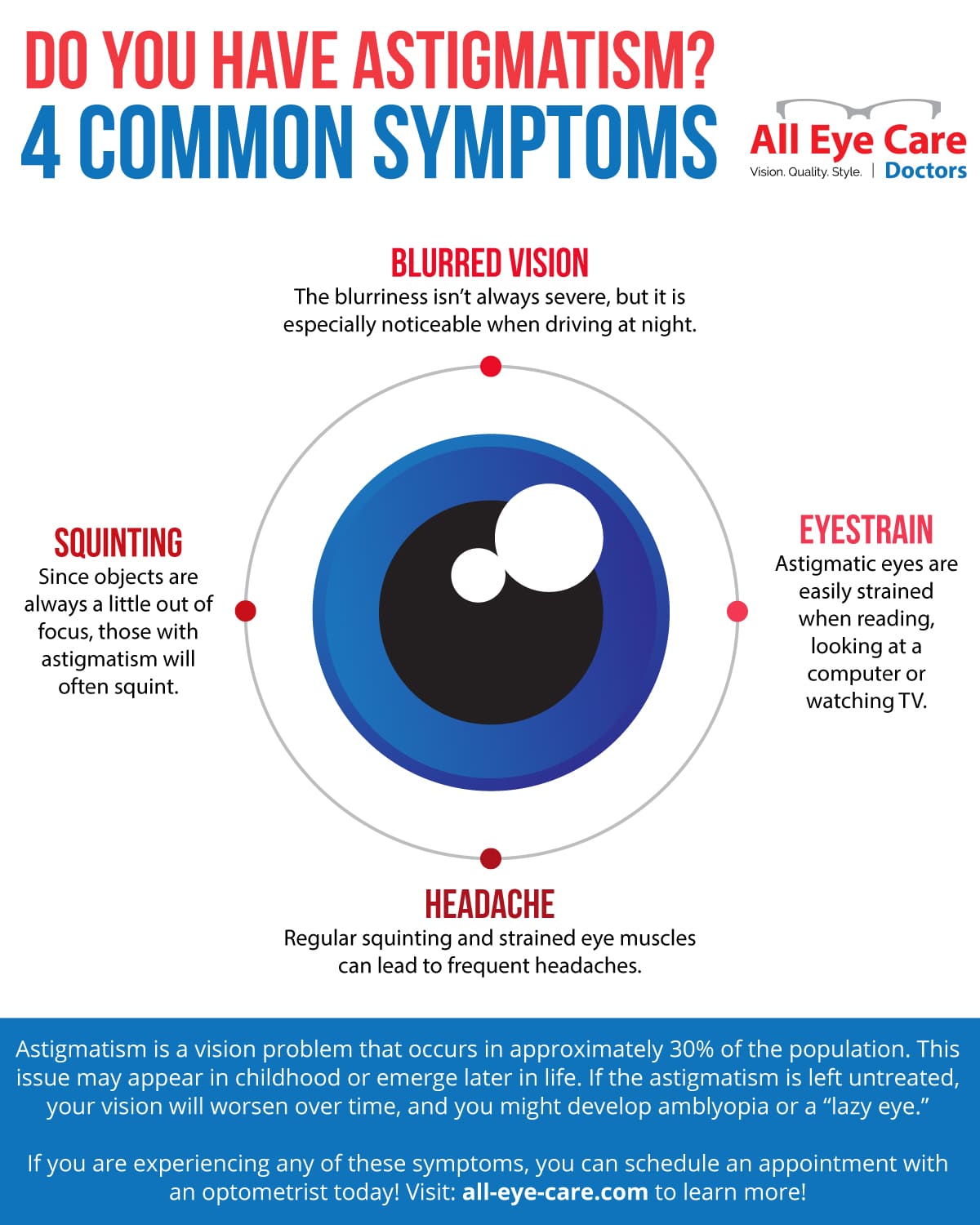This Post Will Describe The Refractive Lens Exchange

Article created by-Holt Field
Refractive Lens Exchange (RLE) is an operation to get rid of the all-natural lens of the eye as well as replace it with a fabricated dental implant. It offers clear vision for patients with refractive errors like nearsightedness as well as farsightedness, presbyopia, and cataracts.
https://squareblogs.net/jamee44dennis/lasik-surgery-improves-the-cornea-the-clear-front-surface-of-your-eye can help in reducing or eliminate your need for glasses and also contacts. It may additionally lower your danger of developing cataracts in the future due to the fact that the man-made lens does not constantly age and also alter like the all-natural lens.
1. Boosted Vision
Refractive Lens Exchange is a prominent alternative to laser vision improvement. It is particularly valuable for individuals who are also farsighted or as well nearsighted to be a candidate for LASIK.
RLE additionally aids to remove the risk of cataracts later in life. simply click the following page is due to the fact that the fabricated lenses implanted in refractive lens exchange do not age like an all-natural lens, so cataracts are much less likely to develop.
Refractive lens exchange can remedy a variety of refractive mistakes, including presbyopia, hyperopia and also myopia. It is most valuable for clients over the age of 40 who are seeking a method to minimize or totally eliminate their reliance on glasses and contacts.
2. Much Less Dependence on Glasses
Many individuals have problem focusing up close without the help of glasses or get in touch with lenses. The bright side is that modern advancements have actually given us alternatives like Refractive Lens Exchange (RLE) to lower or even remove dependence on glasses.
RLE is a treatment that replaces your eye's all-natural lens with a man-made one, called an intraocular lens or IOL. It can correct a number of refractive mistakes, including nearsightedness, farsightedness, astigmatism and presbyopia.
3. Much Less Danger of Cataracts
Refractive Lens Exchange (RLE) is a surgical procedure that includes the removal of your eye's natural lens and also replacing it with a clear lens implant. This can improve vision in both close and remote items, getting rid of the requirement for glasses or get in touch with lenses.
This surgical procedure is normally advised for individuals with high degrees of nearsightedness, hyperopia and also astigmatism who can not be fixed with laser vision modification procedures such as LASIK. It likewise works in dealing with presbyopia, age-related near vision loss.
RLE is an extra intrusive surgery than LASIK as well as PRK, but it is frequently the most effective option for clients who want to be devoid of spectacles and call lenses. Doctor is normally not covered by insurance coverage, yet you might be able to access an adaptable investing account or health savings account that can help pay for your RLE.
4. Much less Discomfort
Refractive Lens Exchange is a brief, outpatient treatment that takes less than 20 minutes per eye. Your eyes are numbed with anesthetic decreases, and one or two little incisions are made in the cornea through which tools are made use of to remove your all-natural crystalline lens.
The brand-new man-made intraocular lens (IOL) is personalized for you and also is implanted in your eye. It is a long-term substitute for your natural crystalline lens, and it will certainly not cause the lasting visual regression of call lenses.
If you more than age 50 and have considerable hyperopia or presbyopia, refractive lens exchange can be an effective treatment for your vision concerns. Furthermore, this procedure might prevent cataracts from establishing and also requiring cataract surgical treatment in the future.
5. Less Healing Time
Refractive Lens Exchange (RLE) is a surgical procedure that eliminates your eye's all-natural lens and changes it with a fabricated intraocular lens, or IOL. This is a preferred therapy for people that are not candidates for laser-based vision adjustment procedures such as LASIK or PRK, or those with presbyopia, an age-related problem that results in the requirement for checking out glasses.
The recovery period after RLE is very little, and most clients can go back to regular activities within a week of surgery. Nonetheless, it is essential to prevent swimming or high-impact sporting activities until your physician states it's secure.

